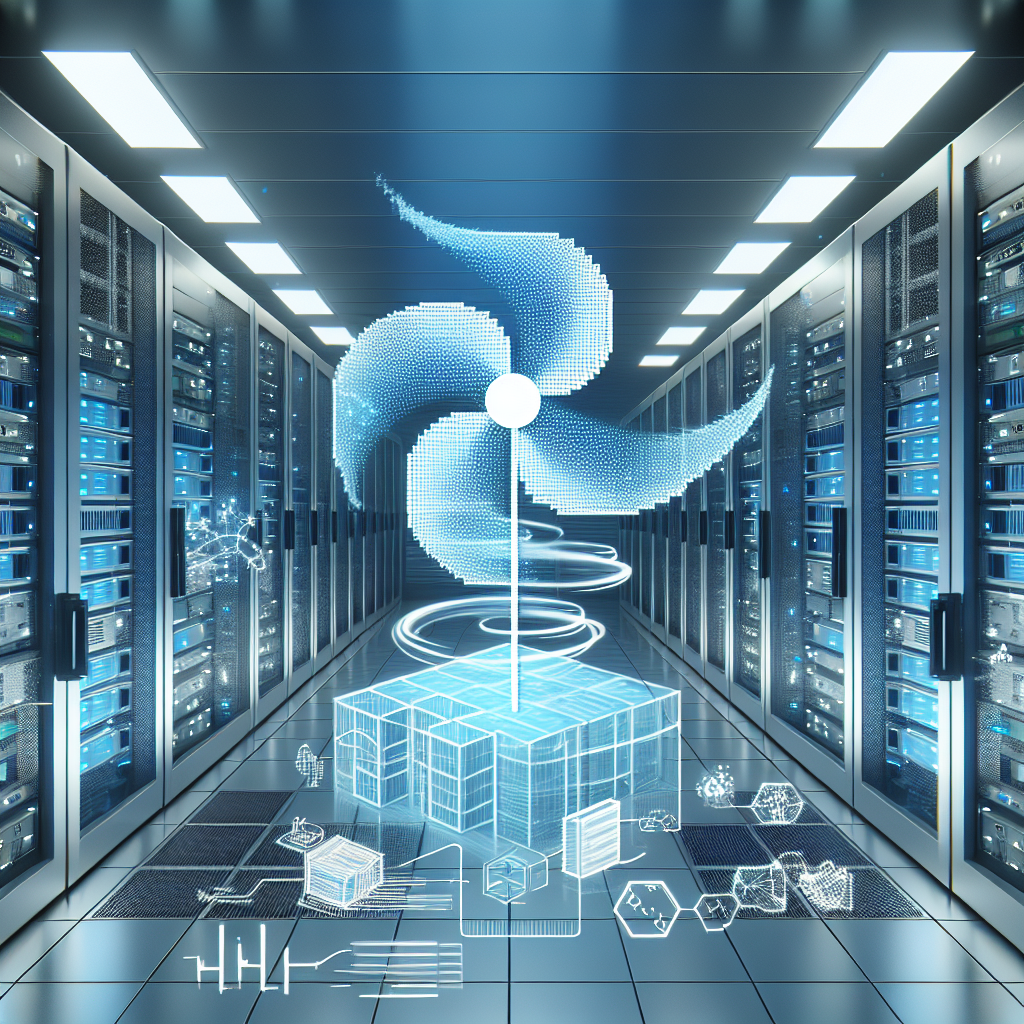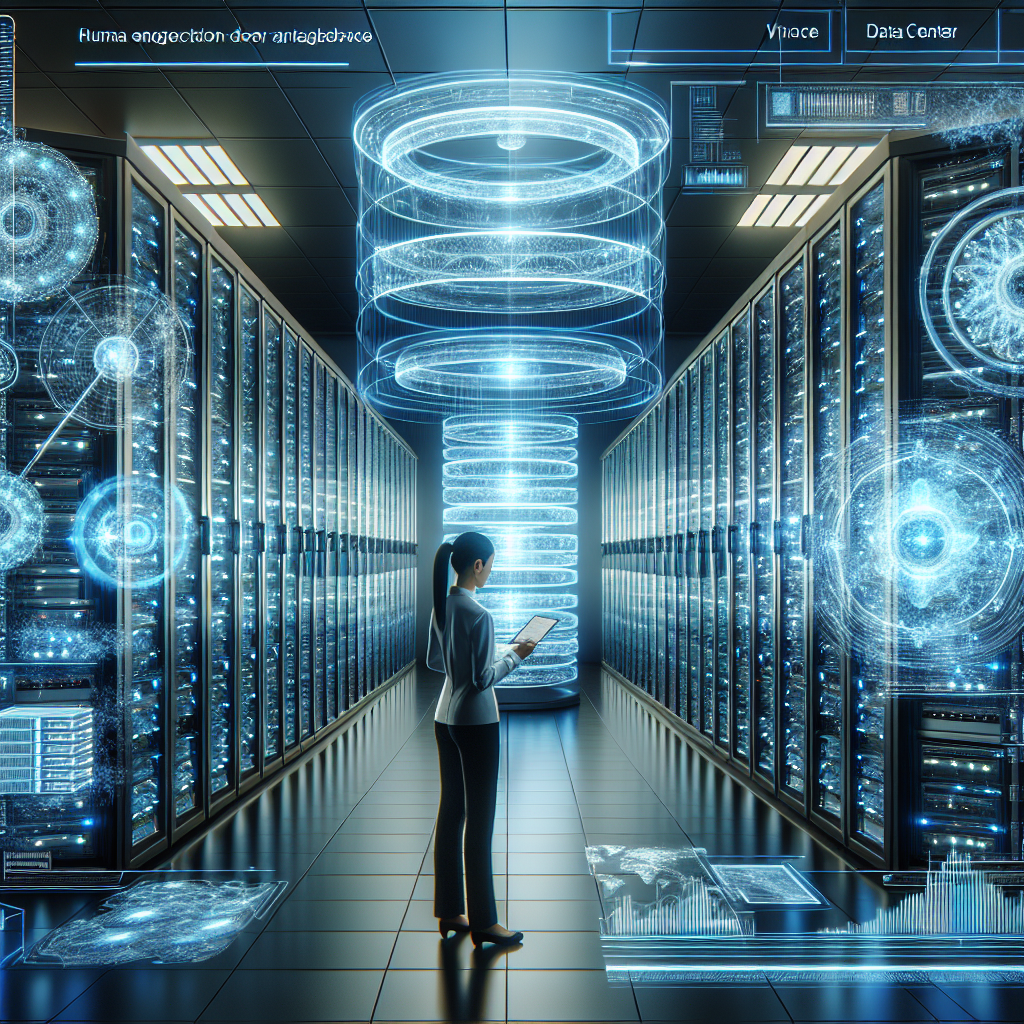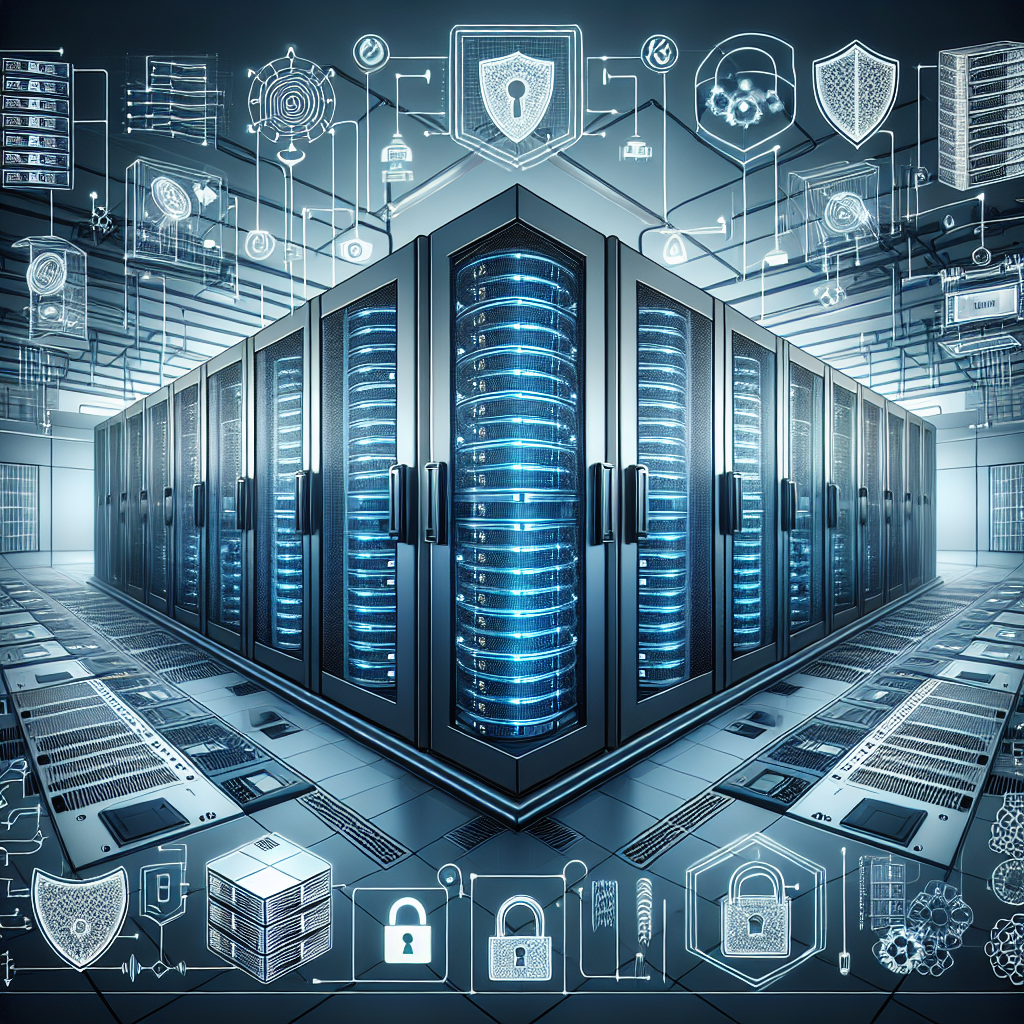Your cart is currently empty!
Tag: Trends

The Future of Data Center Cooling: Trends and Technologies
The future of data center cooling is an increasingly important topic as the demand for data storage and processing continues to grow exponentially. With the rise of cloud computing, big data analytics, and artificial intelligence, data centers are becoming more prevalent and more powerful than ever before. However, as data centers become larger and more complex, the challenge of keeping them cool becomes even greater.Traditionally, data centers have relied on air conditioning systems to keep their servers cool. However, these systems can be inefficient, expensive to operate, and harmful to the environment. As a result, data center operators are turning to new technologies and trends to improve the efficiency and sustainability of their cooling systems.
One of the most promising trends in data center cooling is the use of liquid cooling systems. Liquid cooling systems use water or other coolants to remove heat from servers, providing more efficient cooling than traditional air conditioning systems. Liquid cooling systems can also be more compact and easier to install than air conditioning systems, making them an attractive option for data center operators looking to maximize their space and energy efficiency.
Another emerging trend in data center cooling is the use of free cooling systems. Free cooling systems use ambient air or water to cool servers, reducing the need for traditional air conditioning systems and lowering energy costs. Free cooling systems can be especially effective in regions with cooler climates, where ambient temperatures are lower and free cooling can be used for a larger portion of the year.
In addition to these trends, data center operators are also exploring new technologies to improve the efficiency of their cooling systems. For example, some data centers are experimenting with the use of artificial intelligence to optimize their cooling systems in real-time, adjusting temperature settings and airflow to maximize efficiency and reduce energy consumption.
Overall, the future of data center cooling is looking bright, with new trends and technologies offering promising solutions to the challenges of keeping data centers cool and efficient. By embracing liquid cooling systems, free cooling systems, and other innovative technologies, data center operators can improve the sustainability and performance of their cooling systems, ensuring that their servers stay cool and their operations run smoothly for years to come.

The Future of Data Center Databases: Trends and Innovations
In recent years, data center databases have undergone significant changes and advancements, driven by the increasing demand for storage and processing capabilities. With the rise of big data, IoT devices, and cloud computing, data centers have become the backbone of modern businesses, handling vast amounts of information and providing critical insights and analytics.As we look towards the future of data center databases, several key trends and innovations are shaping the industry and driving its evolution. From the adoption of new technologies to the development of more efficient and scalable solutions, data center databases are poised to play a crucial role in the digital transformation of organizations across all industries.
One of the most significant trends in the future of data center databases is the adoption of cloud-native technologies. Cloud computing has revolutionized the way data is stored and processed, offering scalability, flexibility, and cost-efficiency for businesses of all sizes. By leveraging cloud-native databases, organizations can access on-demand resources, automate data management tasks, and easily scale their infrastructure as needed.
Another key trend in the future of data center databases is the increasing focus on data security and compliance. With the rise of cyber threats and regulatory requirements, organizations are prioritizing the protection of their data assets and ensuring that sensitive information is stored and managed securely. Advanced encryption techniques, access controls, and data governance policies are becoming essential components of modern data center databases.
In terms of innovations, the future of data center databases is also being shaped by advancements in artificial intelligence and machine learning. These technologies are enabling organizations to extract valuable insights from their data, automate data processing tasks, and improve the accuracy and efficiency of database operations. AI-powered databases can analyze large datasets in real-time, identify patterns and trends, and make data-driven decisions to drive business growth and innovation.
Additionally, the future of data center databases is likely to see the continued development of hybrid and multi-cloud strategies. Organizations are increasingly relying on a combination of on-premises and cloud-based databases to optimize performance, cost, and data accessibility. By leveraging hybrid and multi-cloud architectures, businesses can achieve greater flexibility and resilience in their data management practices.
Overall, the future of data center databases is bright, with new trends and innovations driving the industry forward. From the adoption of cloud-native technologies to the integration of AI and machine learning capabilities, data center databases are evolving to meet the growing demands of modern businesses. By staying ahead of these trends and embracing the latest innovations, organizations can unlock the full potential of their data assets and drive competitive advantage in the digital age.

Emerging Trends in Data Center Security Systems
Data centers are critical infrastructure for organizations of all sizes, as they house and manage vast amounts of sensitive data. With the increasing frequency and complexity of cyber threats, it is more important than ever for data center operators to implement robust security measures to protect their assets.Emerging trends in data center security systems are constantly evolving to keep up with the ever-changing threat landscape. Here are some of the latest trends in data center security systems that organizations should be aware of:
1. Zero Trust Security Model: The zero trust security model is gaining popularity in data center security. This approach assumes that no user or device should be trusted by default, and access to resources is granted on a least-privilege basis. This helps prevent lateral movement of threats within the data center and minimizes the risk of insider threats.
2. Software-Defined Security: Software-defined security allows organizations to automate and orchestrate security policies within their data center environment. This helps improve visibility and control over security measures, and enables quicker response to security incidents.
3. Micro-Segmentation: Micro-segmentation involves dividing the data center network into smaller segments to limit the lateral movement of threats. This helps contain potential breaches and reduces the impact of a security incident on the entire data center infrastructure.
4. AI and Machine Learning: Artificial intelligence (AI) and machine learning are increasingly being used in data center security systems to detect and respond to threats in real-time. These technologies can help organizations identify patterns and anomalies in network traffic, and automate threat detection and response processes.
5. Encryption: Data encryption is a fundamental security measure that helps protect data in transit and at rest within the data center. Organizations should implement strong encryption protocols to safeguard their data from unauthorized access.
6. Cloud-Based Security Solutions: With the rise of cloud computing, organizations are turning to cloud-based security solutions to protect their data center infrastructure. These solutions offer scalability, flexibility, and cost-effectiveness, and can help organizations adapt to changing security needs.
7. Compliance and Regulatory Requirements: Data center operators must comply with various industry regulations and data protection laws. Emerging trends in data center security systems include solutions that help organizations meet compliance requirements and protect sensitive data from regulatory fines and penalties.
In conclusion, data center security is a complex and constantly evolving field. Organizations must stay informed about the latest trends in data center security systems to protect their assets from cyber threats. By implementing robust security measures, such as zero trust security, software-defined security, and encryption, organizations can safeguard their data center infrastructure and mitigate the risk of security breaches.
